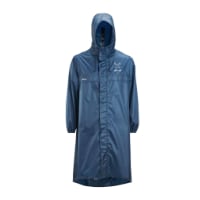Fernie
New Member
- Time of past OR future Camino
- Camino Frances, September - October 2014
So, a while ago I bought these new pair of hiking shoes for my upcoming Camino Frances, and they seemed great in the store (really great judging by the massive price tag). However, my feet keep getting sore and keep developing blisters as I am out walking. I feel that I'm not supposed to need to tape my feet just for walking these short distances.
I'm just so disappointed due to my suffocating budget, but then I thought that maybe I just haven't broken them in enough yet? How much would one need to use a new pair of shoes before realizing he made a big mistake buying them?
I hope everyone has a lovely day
I'm just so disappointed due to my suffocating budget, but then I thought that maybe I just haven't broken them in enough yet? How much would one need to use a new pair of shoes before realizing he made a big mistake buying them?
I hope everyone has a lovely day


















